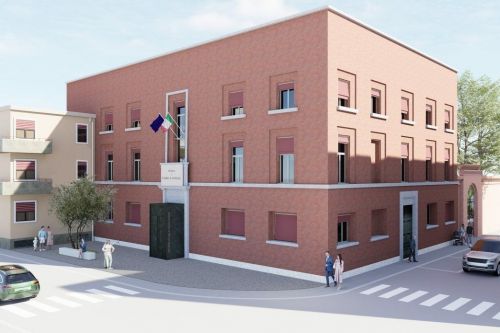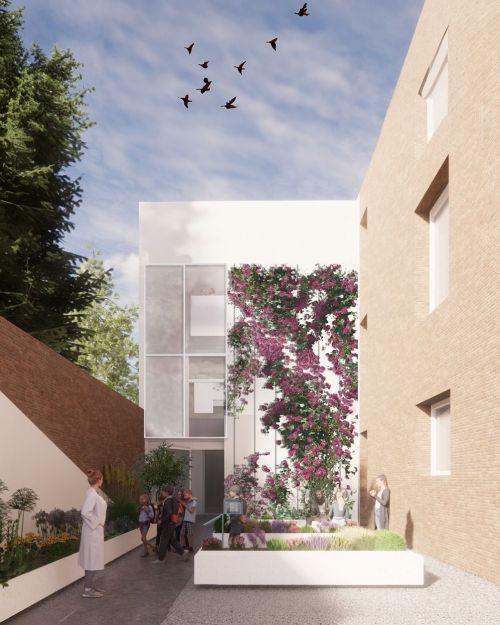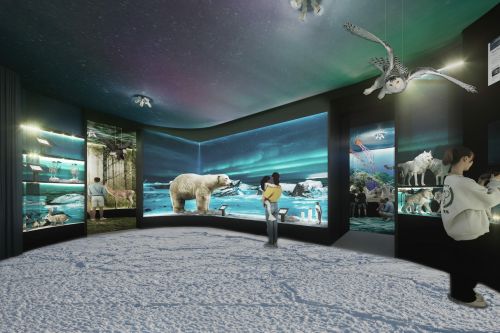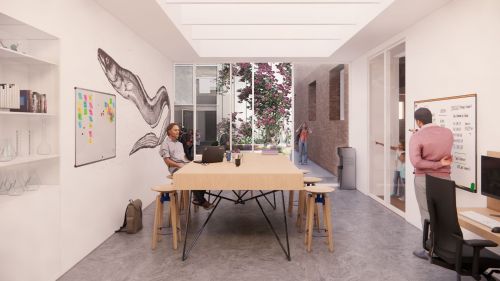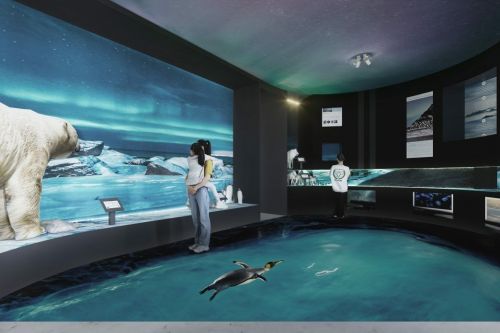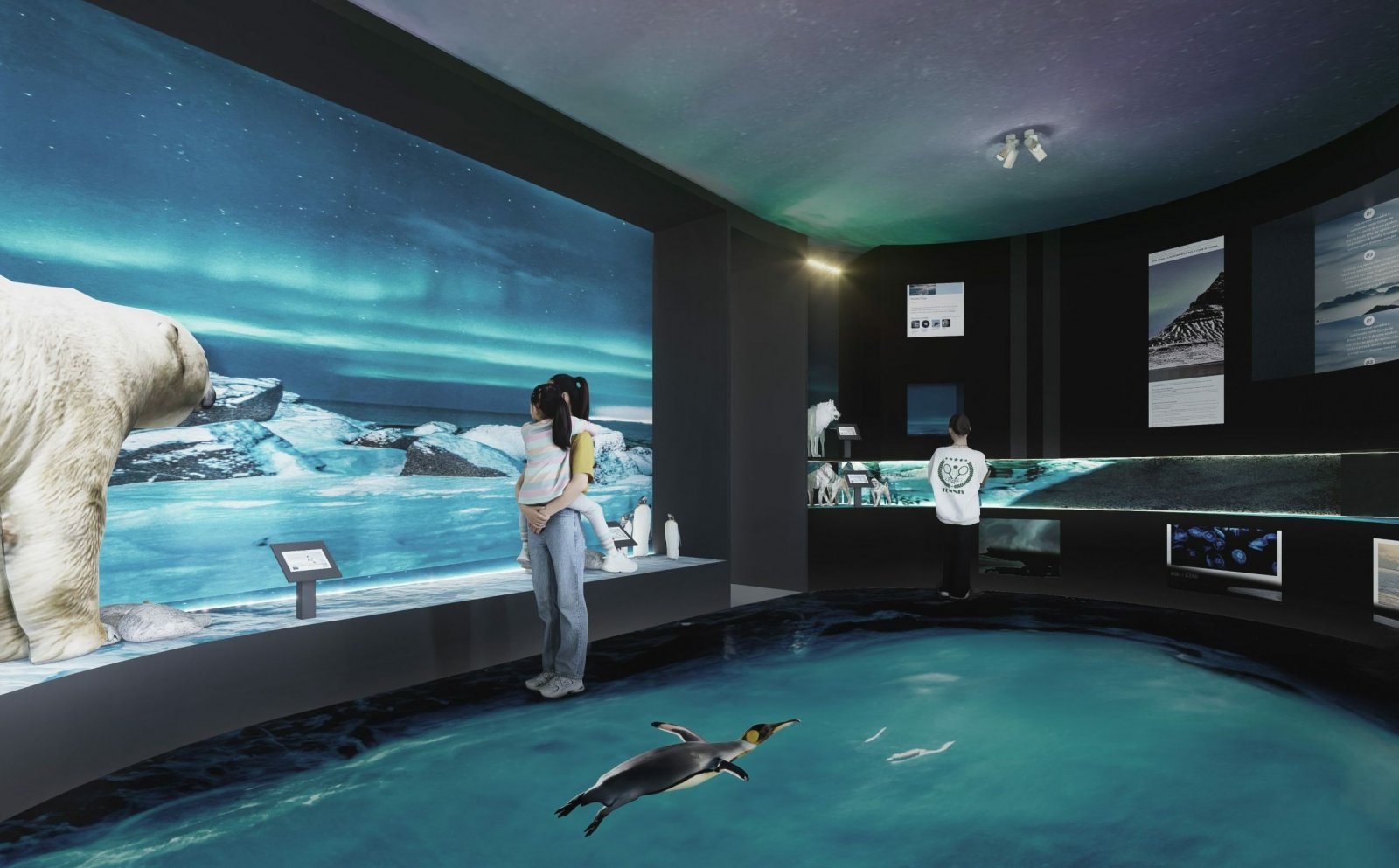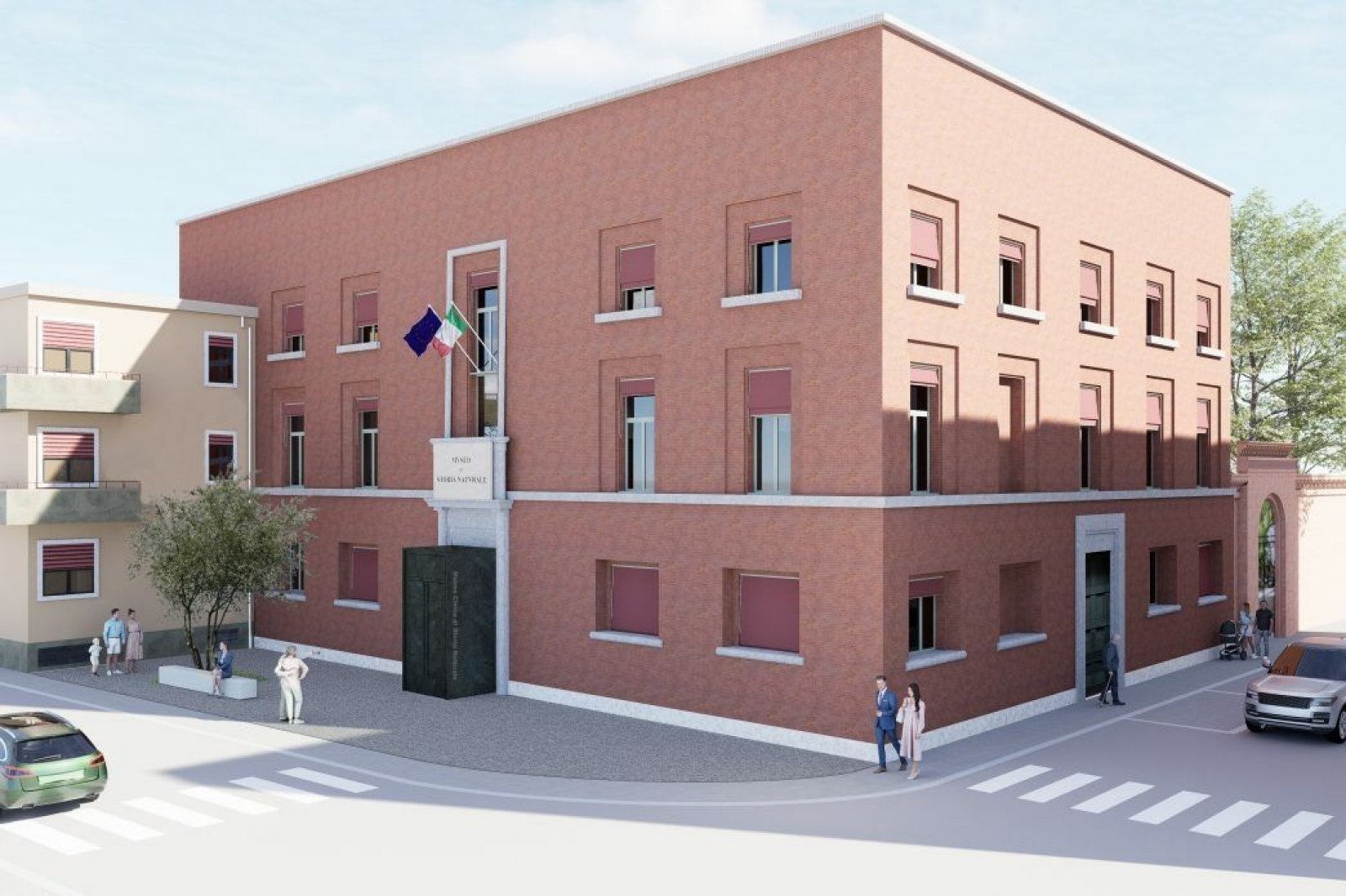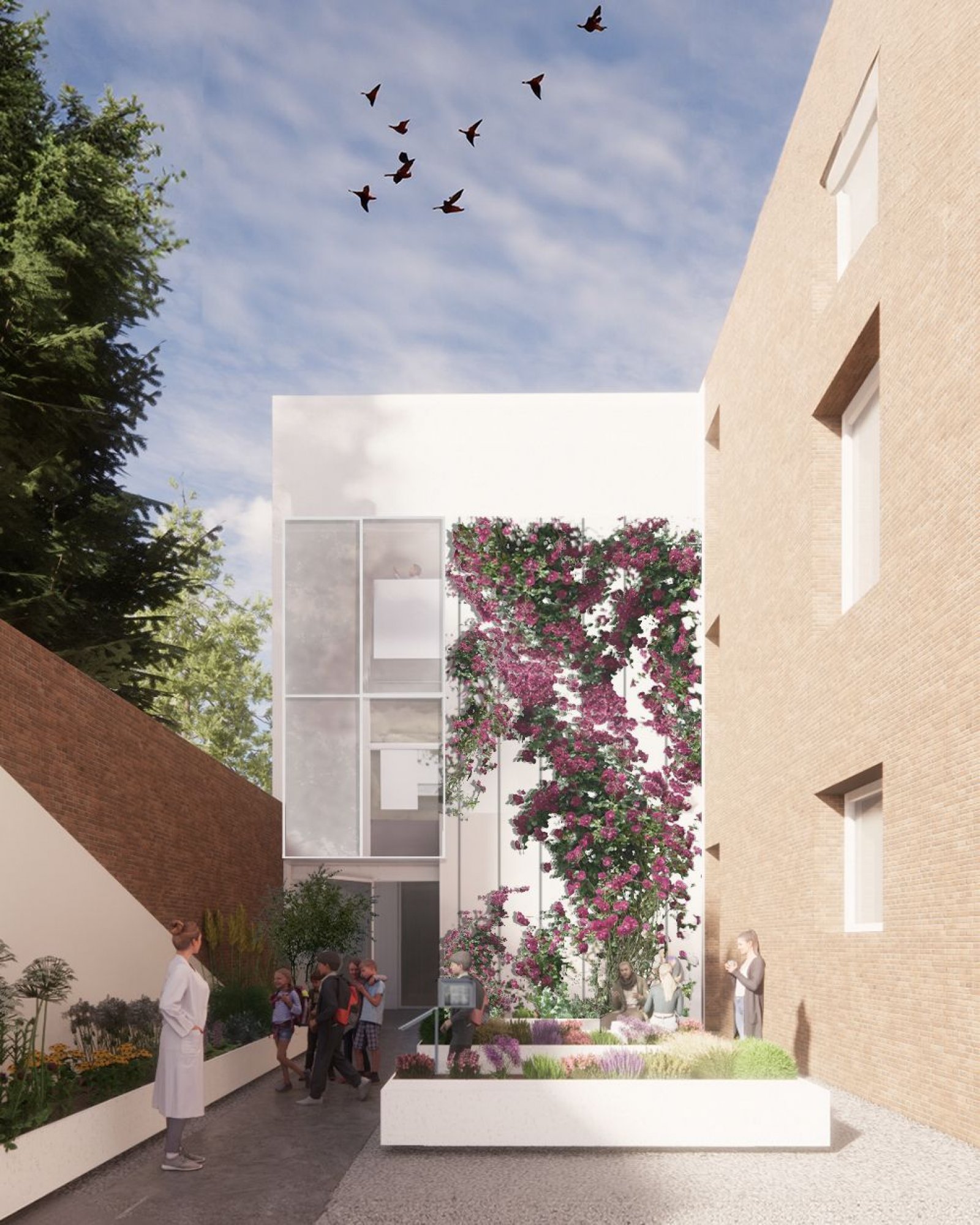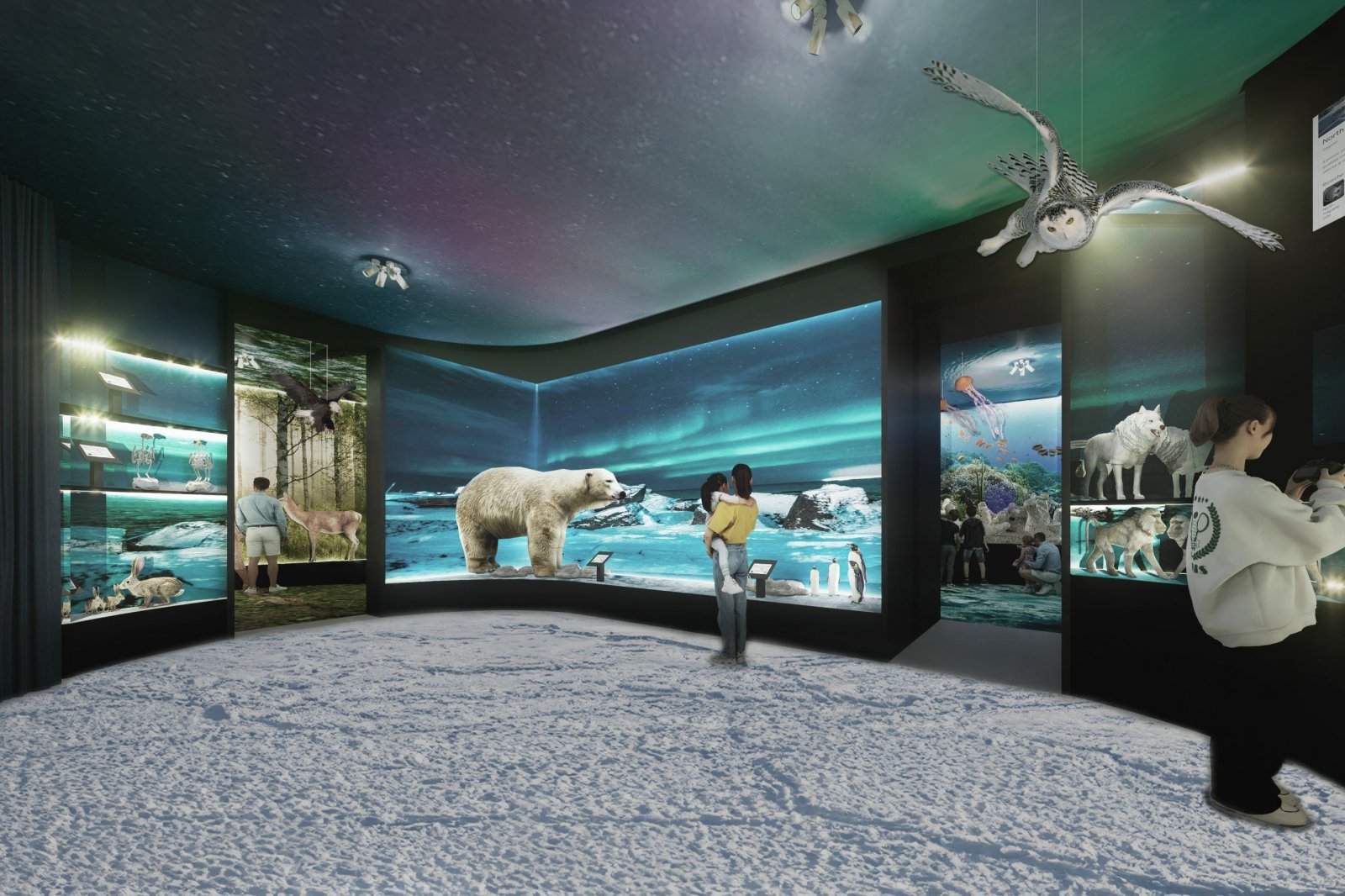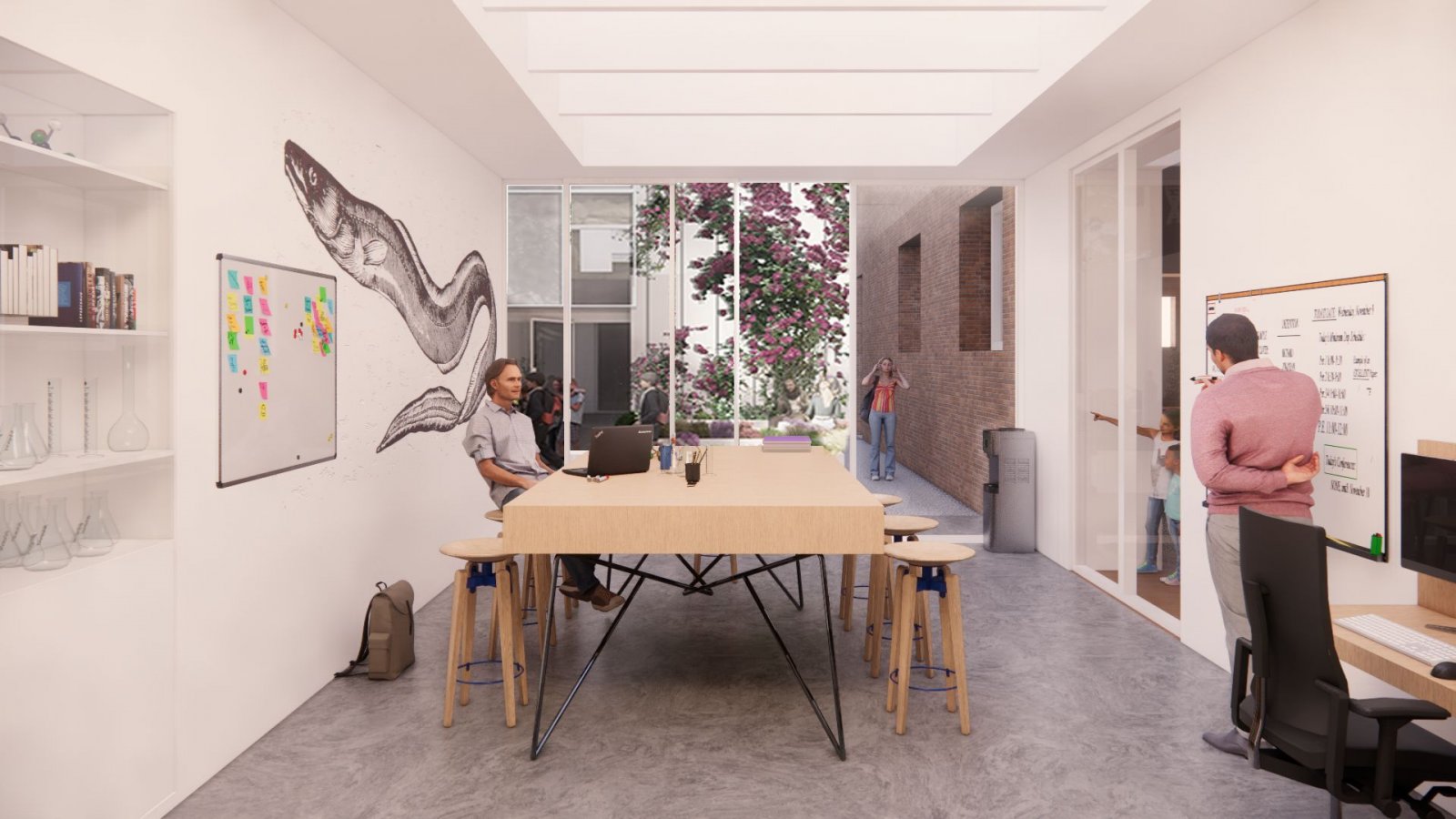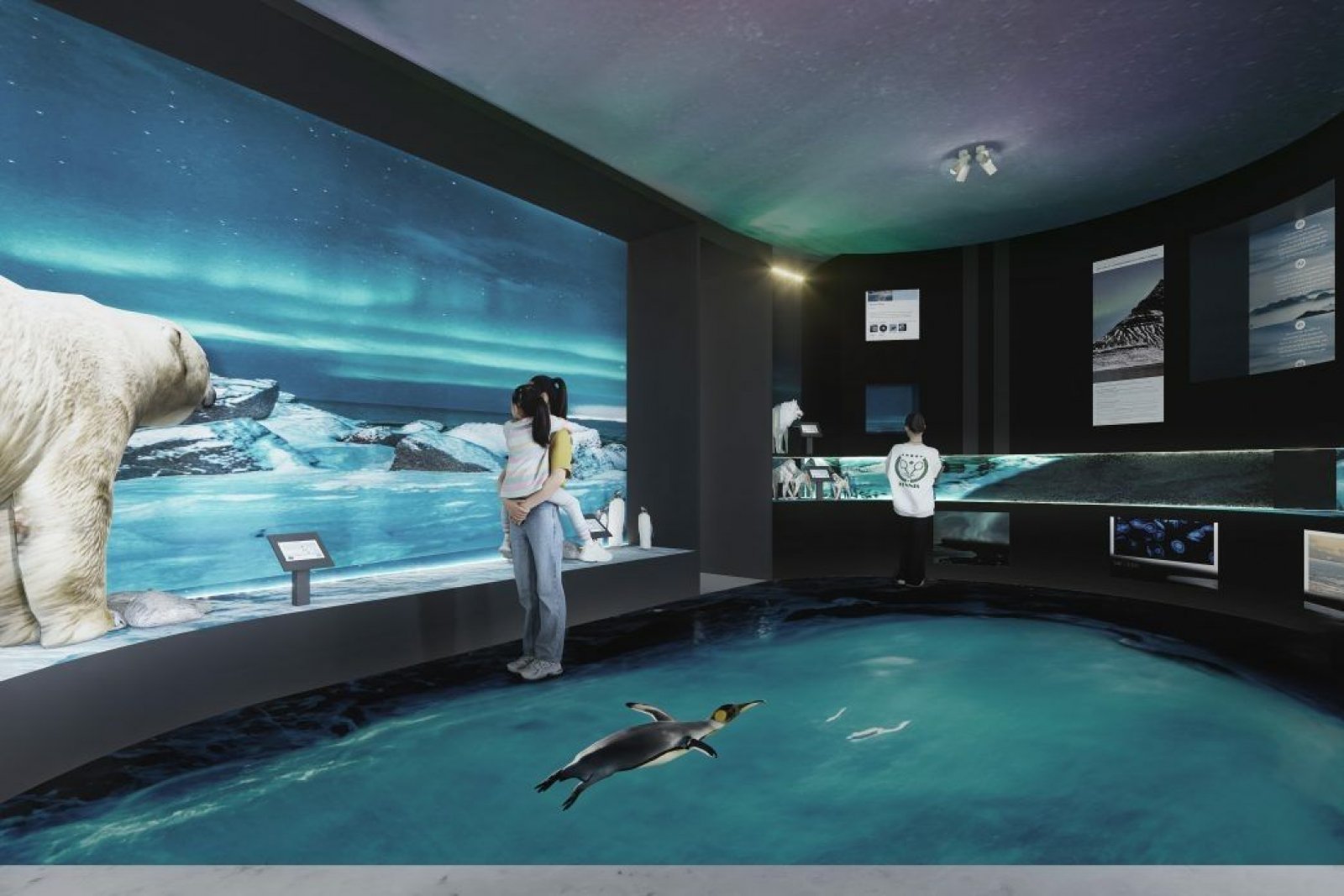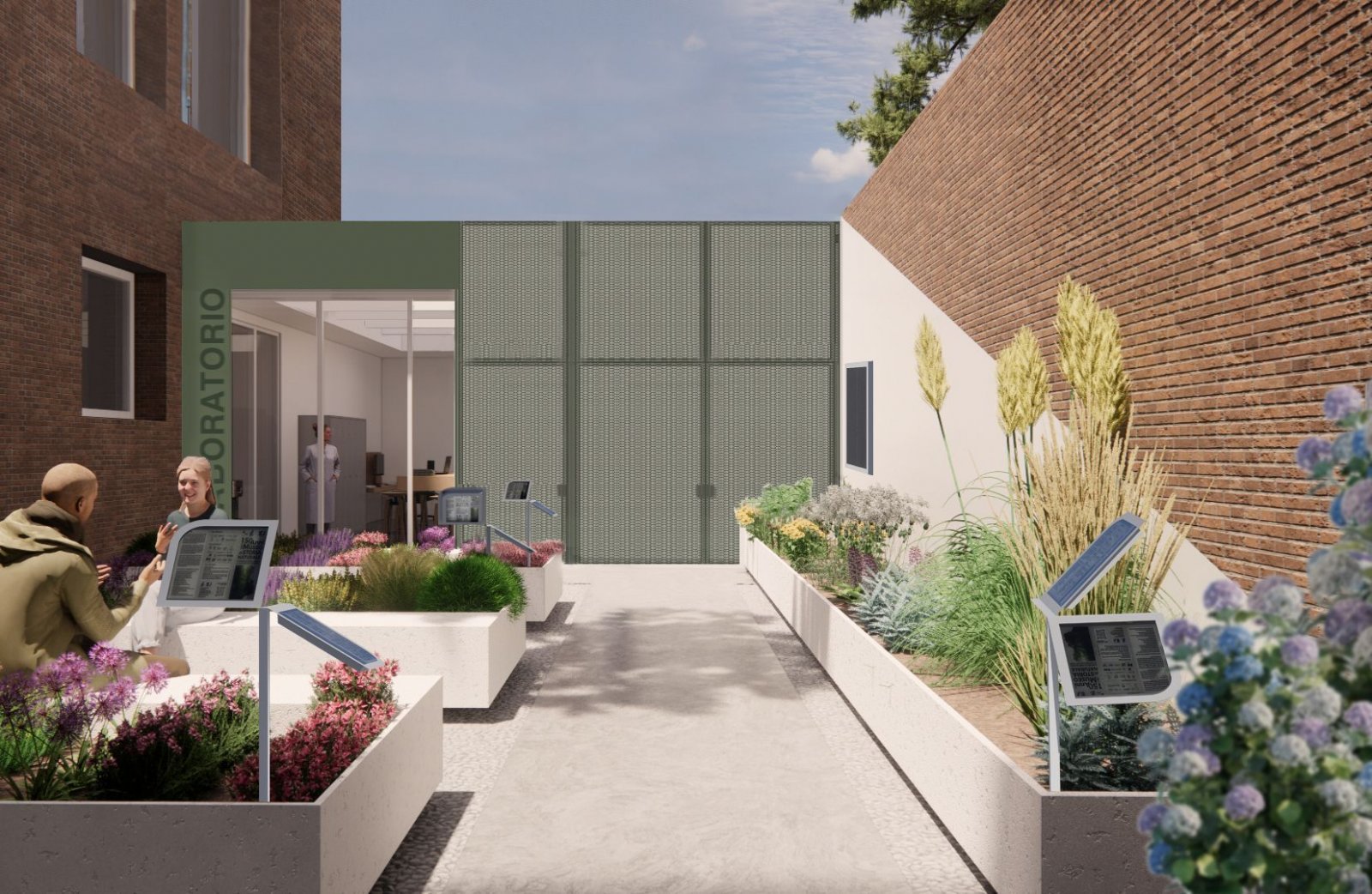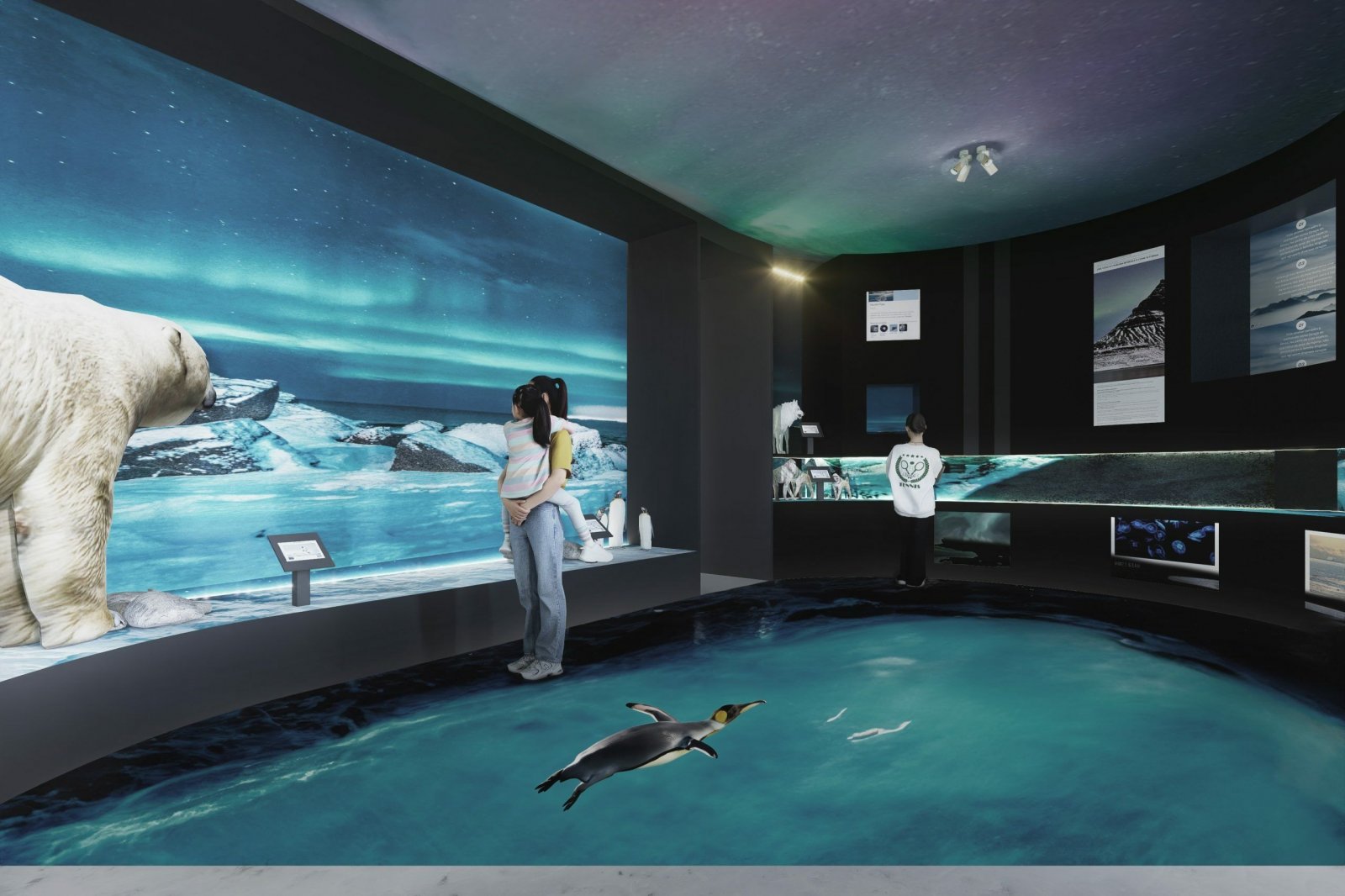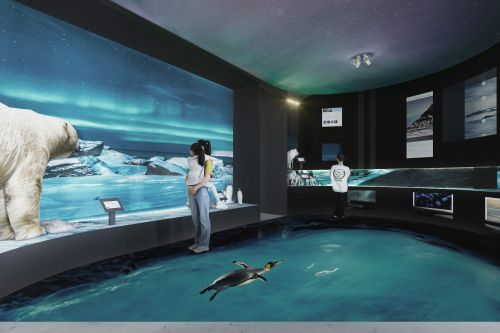Potrebbe interessarti anche

After years of anticipation, the Civic Museum of Natural History in Ferrara has temporarily closed its doors to undergo a major modernization.
Housed in a rationalist-style building designed in the 1930s by Carlo Savonuzzi, the Museum sits in a district rich in historical and cultural identity, surrounded by schools, social spaces, and cultural venues. The goal is to transform it into an even more open, interactive space that engages directly with the life of the city.
An Open, Inclusive, and Immersive Museum
The new museum will be completely reimagined. Contemporary exhibitions, sensory pathways, and interactive tools will offer visitors an immersive experience. Particular attention will be paid to accessibility: elevators, ramps, and specially designed routes will ensure an inclusive visit for people with disabilities, as well as for those who are visually or hearing impaired.
One of the most innovative aspects of the project is the transformation of the ground floor into an extension of the public space. Enhancing the entrance on Via Boldini, the museum will feature a welcoming, freely accessible area — the symbolic heart of the renovation. This is where the new Wunderkammer will be located: a modern-day “cabinet of curiosities” that can be visited without a ticket and viewed from the street through large scenic display windows. It will serve as an open invitation for anyone to step inside and explore.
Renewed Spaces and Cutting-Edge Technology
The entire layout of the museum will be reorganized: internal spaces will be optimized, natural light improved, and the central courtyard enhanced. New exhibition halls, either circular or elliptical in shape, will be equipped with high-tech ceilings for temporary installations, projectors, and multimedia systems. Alongside digital features, traditional glass display cases will be used to safeguard the most delicate specimens.
Historic architectural elements such as the marble staircase and original doorways will be preserved and enhanced, blending harmoniously with modern materials that respect the building’s rationalist design. A new stairwell and connecting spaces will also be added to improve accessibility and flow.
A Botanical Garden for Outdoor Learning
The renovation will also extend to the outdoor areas. A brand-new educational botanical garden will be created, featuring themed flower beds representing local ecosystems such as forest, lowland, coastline, and Mediterranean environments. These will serve as both decorative and educational elements for visitors of all ages.
A green wall on the new stairwell structure will help regulate the indoor microclimate, absorb CO₂, and provide shelter for birds and insects — turning the museum’s exterior into a small urban oasis of biodiversity. A large ground-floor window will create a visual connection between the reading room, laboratories, and the botanical garden, establishing a seamless dialogue between the museum’s indoor and outdoor spaces.
Sustainability and Innovation
All electrical, HVAC, and fire prevention systems will be completely overhauled using the latest sustainable technologies, designed to minimize environmental impact and maximize energy efficiency.
The project is being developed by the MATE cooperative, Città della Cultura / Cultura della Città, FM Project, and engineer Cenacchi.
While the renovation is underway, those who miss the museum can enjoy a virtual tour via the official website. In the meantime, Ferrara is getting ready to welcome a brand-new Civic Museum of Natural History: more accessible, greener, and more engaging than ever before.
